By Michael Heidler
The Copenhagen-based company Dansk Industri Syndikat (DISA) has been manufacturing weapons for the Danish armed forces since 1900. Even before the outbreak of World War II, DISA was working on a universal machine gun in 20mm caliber.
Dansk Industri Syndikat is known worldwide under the name Madsen, after the company founder, officer, minister of war, and inventor Vilhelm Herman Oluf Madsen. When the 20mm Machine Cannon (M/38) was finished, DISA designed a range of suitable mounts for various tasks. A light field mount (Feltlavet M.1938 F.5) was available for use as an anti-tank weapon. It fit into the sidecar of the army’s Nimbus motorcycles when folded, thus allowing for an anti-tank squad that was extremely mobile and could reach “hot spots” quickly.
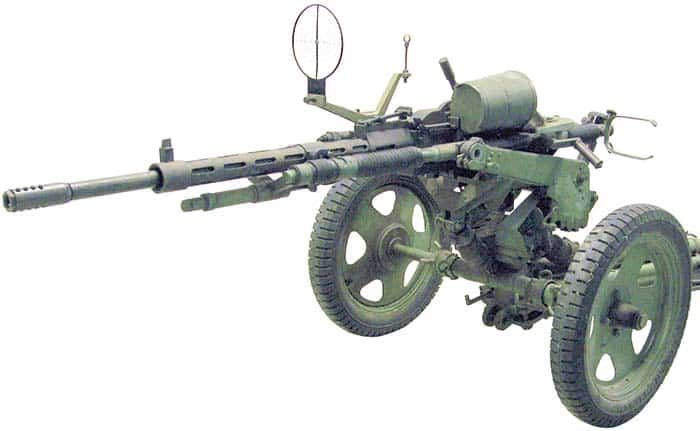
The somewhat heavier version of the field mount had two wheels and could be pulled by the crew or attached to a vehicle. There was also a specific mount for extended vertical movement in defense against low-flying aircraft. The heaviest and most complicated mount was equipped with three axles, compensating for movement on warships and other floating units. In addition, there were special designs such as fortress mounts for bunkers.
The air-cooled machine cannon with its drum magazine inserted on the left side weighed 54kg (119lbs) without a mount. The wheel carriage weighed an additional 64kg (140lbs). The sighting scale went up to a firing range of 1,800m (1,970 yds). It took a crew of seven men to transport the weapon and pull the handcart (Karremateriel M.1931) with the ammunition. Twelve cartridge drums packed two per transport box, found room on the trailer. In battle, the transport boxes, woven from bast fibres, could be carried as back-load.
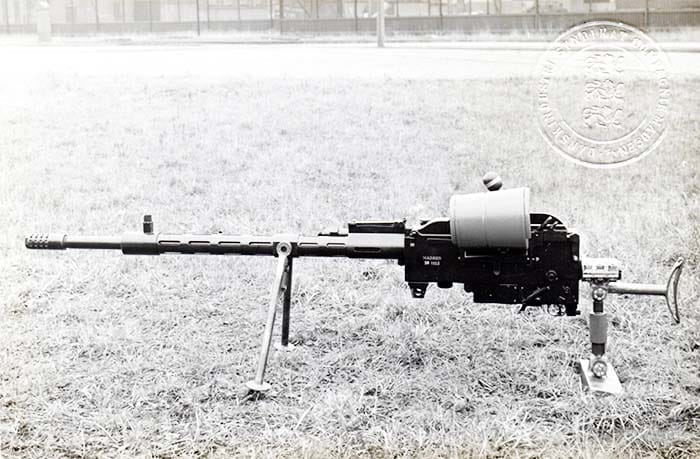
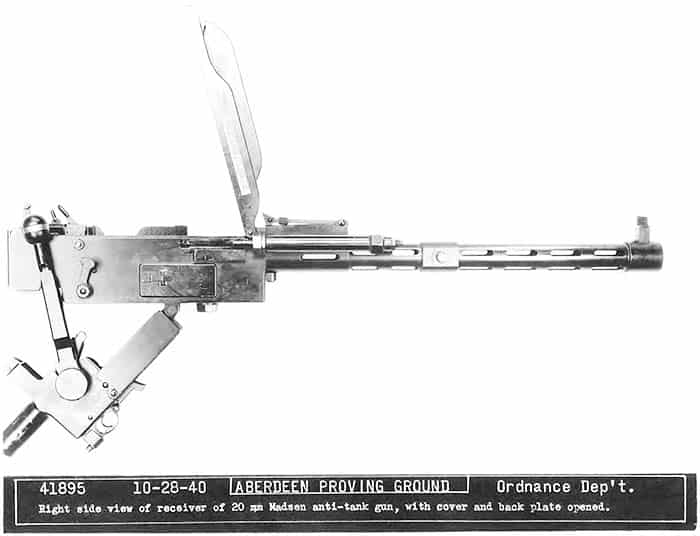
Production of the M/38 was taken over by the factory in Herlev near Copenhagen. Thanks to the wide range of possible applications, the Royal Danish Army with their order of 158 units was not the only customer. Madsen achieved a number of export successes, especially in Asia and South America. However, the M/38’s high quality was reflected in the price. China, therefore, tried to copy the Danish weapon in their 21st Arsenal in Nanjing but broke off these attempts after five prototypes.
The US Ordnance Department received M/38 from Madsen in 1940. They tested it at Aberdeen Proving Ground in October of the same year on a wrecked M2A2 Light Tank. The evaluators were not impressed by its performance in terms of anti-tank defense. At 100m (110 yds), the armor-piercing projectile penetrated 42mm (1.6in) of steel at the optimum angle of impact, while at 500m (550 yds) it penetrated 32mm (1.3 in). These results were not acceptable in view of the improved battle tanks of the future.
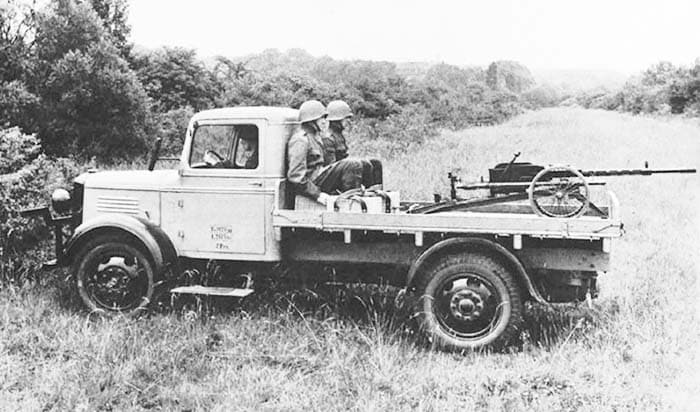
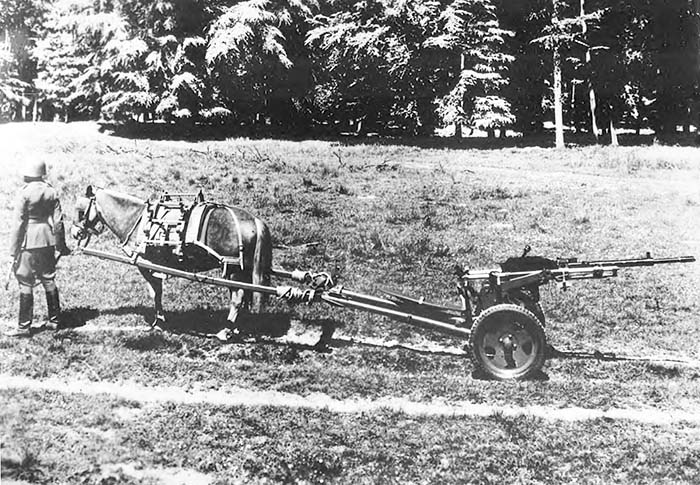
Early, on the morning of April 9, 1940, German troops crossed the border into Denmark as part of Operation Weserübung. The resistance was quickly broken, but according to Danish sources the deployed Madsen M/38s brought eleven German armored reconnaissance vehicles and two Panzer I tanks to a standstill. As with most anti-tank rifles, the hits were not enough to cause permanent destruction to the vehicles.
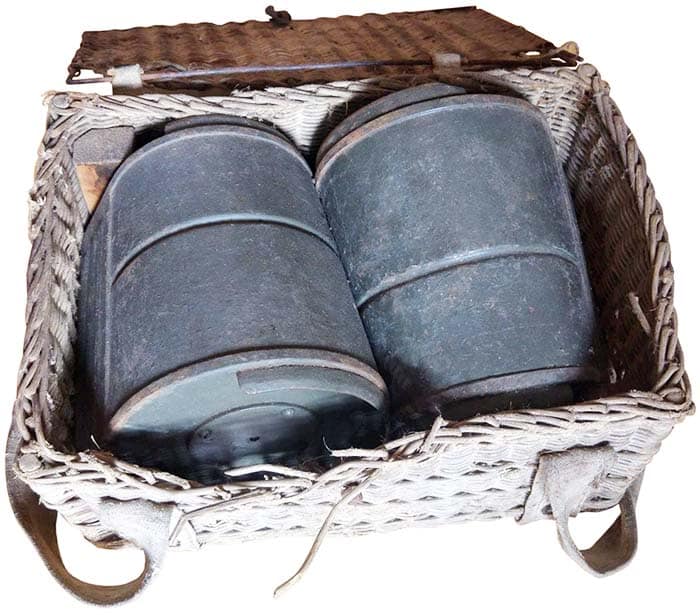
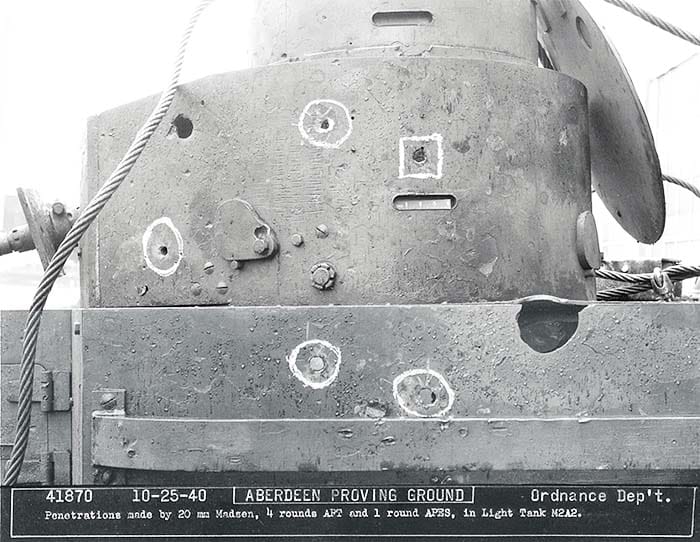

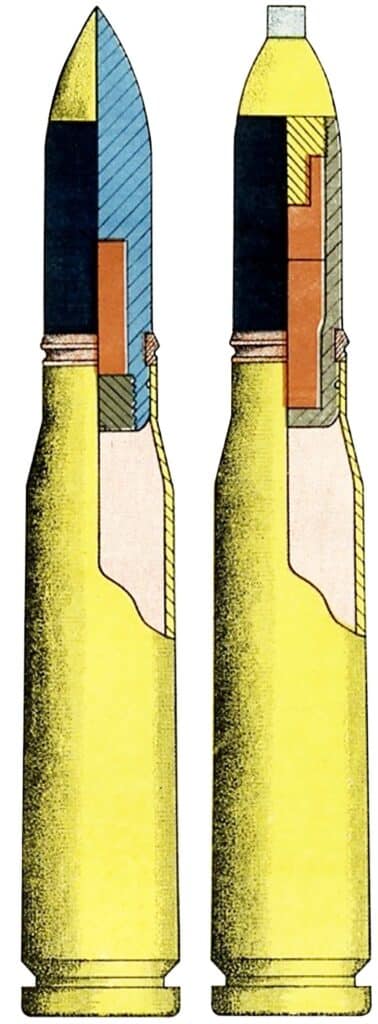
Technical data:
- Caliber: 20x120mm
- Length: 98.5in, 250cm
- Length of barrel: 47.2in, 120cm
- Weight (without mount): 119lbs, 54kg
- Magazine capacity: 10, 15, 60 rounds
This article first appeared in Small Arms Review V22N8 (May 2021)












